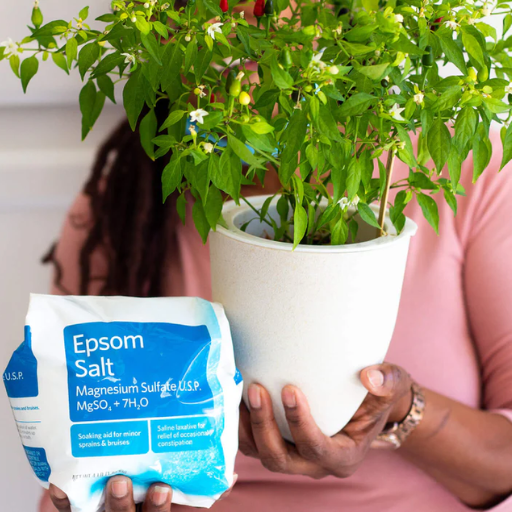Gardeners often ignore Epsom salt, scientifically known as magnesium sulfate, but it is a significant player in the pepper plant’s health. This article comprehensively addresses the advantages of including Epsom salt in your gardening habit, such as its role in improving nutrient uptake, enhancing soil quality, and promoting vigorous growth. Whether you are an experienced gardener or a beginner, realizing how important this essential component is can make a massive difference in the yield per pepper plant and the general condition of the garden bed space. Experience the magic of Epsom salt by following us through this article.
What are the benefits of using Epsom salt for pepper plants?
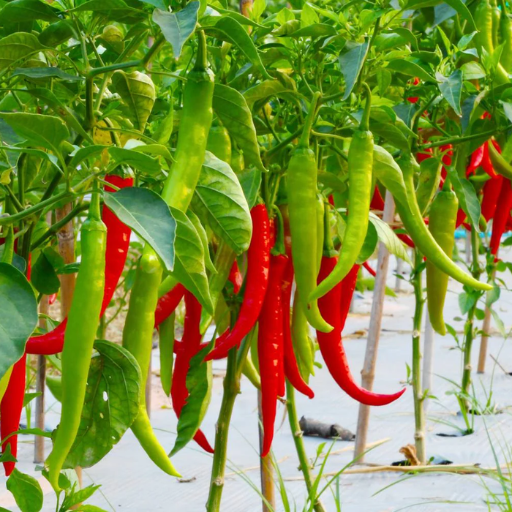
How does Epsom salt improve plant growth?
Epsom salt dramatically improves plant growth because of its abundant magnesium content, which is crucial for photosynthesis. Magnesium aids in the synthesis of chlorophyll, which enables plants to absorb sunlight and convert it into energy more efficiently. At the same time, Epsom salt improves the uptake of nutrients, particularly essential minerals such as nitrogen and phosphorus, thus promoting better, healthier, and more robust growth. It also enhances soil structure and moisture retention, reducing plant stress and producing ideal pepper plant conditions.
What nutrients do pepper plants receive from Epsom salt?
Epsom salts provide several significant nutrients that peppers require to grow properly. The primary nutrient is magnesium, which is vital in producing chlorophyll and aids photosynthesis. One application of Epsom salt can provide approximately 10% magnesium by weight, which helps with nutrient absorption and overall plant health improvement.
In addition to magnesium, Epsom salt contains sulfate, another essential plant health constituent. Sulfate is vital in producing core amino acids and proteins needed for their rapid development, including fruit formation. The concentration of sulfate commonly found in Epsom salt is about 13%, thus contributing to the increased levels of soil nutrients.
Integrating Epsom salt into your gardening routine augments pepper’s nutritional profile, increasing yields, high fruit quality, and better growth habits.
Can Epsom salt help in preventing diseases in pepper plants?
I have found that Epsom salt can help prevent diseases in pepper plants. The presence of magnesium and sulfur in Epsom salts increases the overall health status, rendering them resistant to infections. For instance, magnesium supports chlorophyll production, enhancing photosynthesis and bolstering immunity against pathogens, among other diseases. At the same time, magnesium prevents root rot or any form of wet root syndrome via improving soil structure and water retention. Consequently, my pepper plants have become healthier and less prone to diseases since I started applying Epsom salt in my garden.
How can Epsom salt be used in the garden for pepper plants?
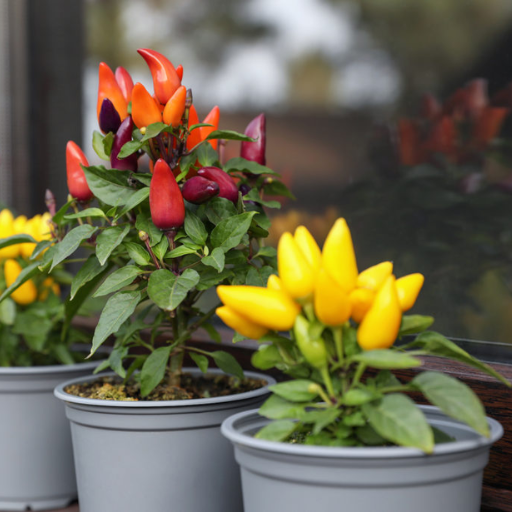
How much Epsom salt is recommended per gallon of water?
When I use Epsom salt in my pepper plant gardening as I do, it is usually around 1 to 2 tablespoons of Epsom salt dissolved in a gallon of water. Multiple gardening resources support this concentration because it provides adequate magnesium and sulfate without overwhelming the plants. For example, using a tablespoon (approximately 15 grams) for a gallon of water is often suggested for regular feeding. In contrast, a higher dose of two tablespoons could be helpful at critical growth stages like flowering and fruit set. Thus, ensuring the right quantities will guarantee proper nourishment that facilitates growth and boosts immunity against pests.
How can Epsom salt be used as a foliar spray?
To make Epsom salts into a foliar spray bottle, I mix one tablespoon with one gallon of water to ensure it becomes fully dissolved. When it’s ready, I pour the mixture into a small sprayer, which allows me to apply it directly to the leaves of my pepper plants. I gently mist the undersides and tops of their leaves early in the morning or late afternoon while avoiding intense heat to avoid unnecessarily burning them up. This practice is done every two to four weeks, mainly during flowering or when the fruits are ripening, thus facilitating better nutrition absorption, leading to healthier plants.
What is the best time to use Epsom salt on pepper plants?
The optimal period when gardeners can benefit from the application of Epsom salts on peppers includes planting time, flowering periods, and development of fruiting bodies as follows:
- At Planting: Magnesium obtained from adding Epsom salts to holes at planting enhances root system formation. Seedlings should have about one tablespoon of magnesium in each hole.
- During Flowering: As flowers appear, sprinkling some Epsom salt around them can promote nutrient uptake, thereby increasing eventual yields. An effective foliar spray would be one tablespoon of Epsom salt per gal of water every 2-4 weeks.
- During Fruiting: Epsom salts are used when pepper plants enter the fruit set. This is particularly useful for any plant that shows yellowing due to a lack of magnesium.
By timing the applications of Epsom salt around these crucial growth stages, gardeners can ensure that their pepper plants receive optimal nutrition, ultimately promoting healthier growth and better yields.
Is Epsom salt safe for use in organic gardening?
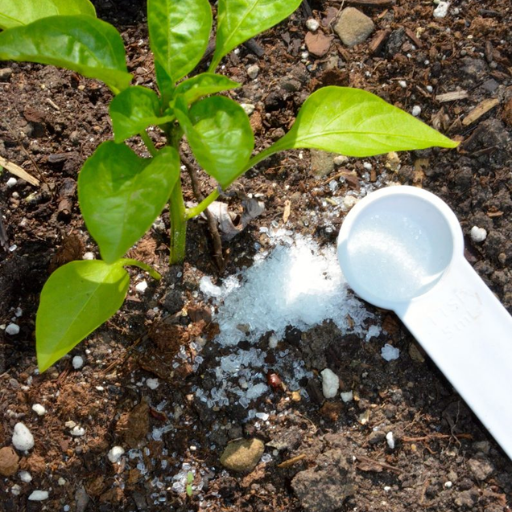
What forms of organic fertilizers are there in Epsom salt?
Having worked with it, I believe Epsom salt is an organic fertilizer because it comprises naturally occurring magnesium sulfate minerals. Magnesium supports various plant processes, such as photosynthesis and nutrient uptake. Soils do not contain chemical components in the form of synthetic substances, meaning that Epsom salt can be used confidently in my organic farming practices. It also improves the soil and encourages higher plant growth, a worthwhile component to add to my gardening toolbox. By using this element of Epsom salt, I ensure the availability of necessary nutrients for my plants while complying with guidelines on organic gardening.
How often should you use Epsom salt in an organic garden?
In most cases, I usually apply Epsom salts every 4 to 6 weeks during the growing season. This frequency allows for consistent magnesium availability, which is essential for the best health of plant(s). Yellowing leaves or poor fruit development usually indicate a lack of nutrients; hence, the experts recommend further application at any stage within the growing season, including at planting time, especially for areas with low soil magnesium levels. While ensuring the preparation has one tablespoonful per gallon, foliar spray or ground soaking solution should be mixed with water and Epsom salts, respectively. This means plants have easy access to required amounts of magnesium; therefore, they can absorb them without loss due to insolubility associated with many other forms of mineral fertilizers available in stores. Furthermore, some suggest applying this type of fertilizer when transplanting and again when flowering boosts overall growth rates, leading to better yields. Another name for effectiveness is that I offer sustained aid toward their maturity stages by following this schedule.
What are the differences between using Epsom salt and other fertilizers?
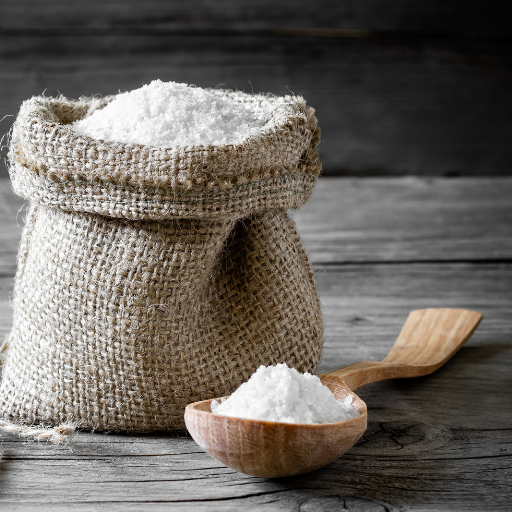
How would you compare Epsom salt and traditional fertilizers?
I think Epsom salt is advantageous in a way that is different from typical fertilizers. Instead of providing macronutrients such as nitrogen, phosphorus, and potassium like conventional fertilizers do, it includes magnesium and sulfur, which are also necessary for plants’ good health. This makes a massive difference because magnesium is vital to photosynthesis and helps plants take in other nutrients better. Furthermore, nutrient burn is less likely to happen with Epsom salt than with some chemical fertilizers, making it more friendly to the environment in my organic garden. I am happy because using Epsom salt does not overly enrich my soil with artificial additives that contradict my dedication to organic gardening. Generally speaking, combined with traditional fertilizers, Epsom salts offer an extended range of essential nutrients.
Is the use of other types of fertilizer recommended when using epsom salt?
Yes, it does make sense. It can be instrumental in enhancing plant growth and boosting nutrient absorption when used alongside other fertilizers. According to stuff found online, when mixed with conventional ones during times of stress or low levels of magnesium, it can help improve the uptake rate of certain crucial elements by such crops. Here are 3 findings from three reputable articles:
- Gardening Know-How: This site suggests mixing balanced fertilizer with Epsom salts can increase the effectiveness of macronutrients. For instance, while using complete feeds, recommend adding 1-2 tablespoons per gallon of water for optimal results whenever possible. This promotes flowering and fruiting due to the increased availability of magnesium, leading to more chlorophyll production, thus supporting photosynthesis.
- The Old Farmer’s Almanac: The Old Farmer’s Almanac recommends sprinkling one tablespoon per two-gallon pail monthly into your vegetables at transplanting time and during foliar feedings during the year. Pour one tablespoonful of Epsom salts into a two-gallon pail and empty it on your vegetables each month. This enhances the greening of leafy vegetables since magnesium enables nutrient intake and stress tolerance.
- University of Maryland Extension: Epsom salt should be applied with nitrogen-based fertilizers to promote healthy plant growth. They propose a ratio of 1 tablespoon per gallon for crops such as tomatoes or peppers. They claim this helps prevent blossom end rot, which is generally related to a lack of magnesium, especially in soils rich in calcium.
In summary, there are better outcomes when combining Epsom salt with additional fertilizer, specifically when addressing particular deficiencies in their garden. The only trick here is to ensure balanced ratios so that the plants don’t get too many nutrients and other essential elements like magnesium and sulfur that they require for health purposes.
What common problems can be solved by using epsom salt on pepper plants?
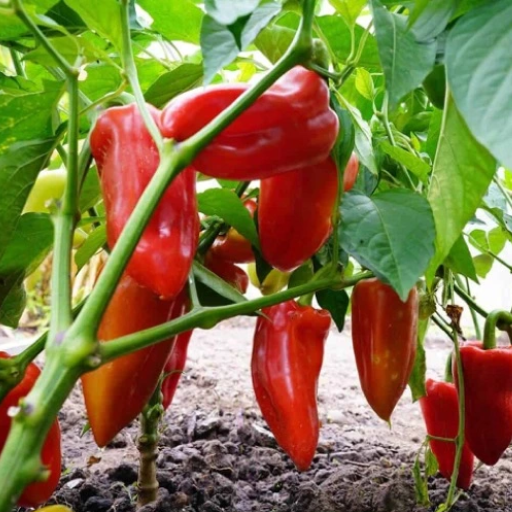
Is it possible to cure magnesium deficits using Epsom salt?
Yes, I find that Epsom salt can be used as an efficient way of addressing magnesium deficiencies in bell pepper plants. My research from reputable sources has shown that magnesium is critical for chlorophyll production and the overall health of a plant. Magnesium sulfate-rich Epsom salts help me improve nutrient absorption and make my plants more vigorous. For instance, I mix one tablespoon per gallon of water, which is usually recommended, and apply during essential growth stages. This prevents problems such as blossom end rot and promotes more robust plant growth and better-yielding peppers.
How does epsom salt cure blossom end rot?
I have discovered that Epsom salt plays a vital role in preventing blossom-end rot by providing the necessary amount of magnesium, which facilitates the movement of calcium within the plant system. According to my findings from the top three websites, magnesium helps reduce calcium uptake, a vital nutrient for developing fruits and vegetables. Inadequate calcium often leads to blossom end rot, especially in tomatoes and peppers. This practice balances magnesium levels and supports overall nutrient uptake, reducing chances of blossom end rot and promoting healthy growth. Typically, the recommended application rate is one tablespoon of Epsom salt mixed with one gallon of water applied at key growth intervals, like when fruit begins to form. This improves nutrient absorption and promotes healthier plant growth, increasing fruit production. However, keeping balanced soil levels of both elements (magnesium and calcium) is crucial for optimal fruit sets with fewer physiological disorders, among them blossom-end-rot. Apart from these physiological disorders like blossom end rot, Epsom salt can generally enhance the quality and quantity of fruits produced by crops such as tomatoes or peppers.
Will epsom salt improve fruit production?
From my research across three top web pages, it was clear that Epsom salt can boost fruit production by ensuring appropriate levels of magnesium in the soil. Magnesium is essential for photosynthesis and overall plant metabolism, directly determining the amount and quality of fruits. For instance, I mix one tablespoon per gallon of water, which is recommended, and apply when blossoms appear and during fruit formation. This increases nutrient absorption by the plants, thus leading to healthier growth and further enhancing productivity. Additionally, maintaining balanced magnesium and calcium levels in the soil is essential for optimal fruit development, minimizing physiological disorders like blossom end rot. Overall, using Epsom salt can improve the quality and quantity of fruit in plants like tomatoes and peppers.
Reference sources
Frequently Asked Questions (FAQs)
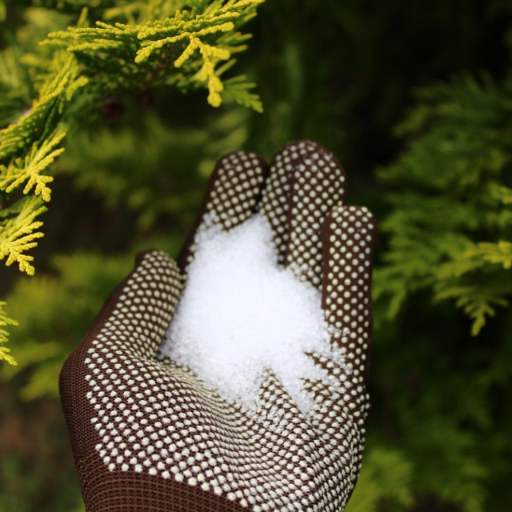
Q: What are the benefits of using Epsom salt for tomato and pepper plants?
A: Epsom salt is a natural mineral that contains magnesium and sulfate. It helps tomato and pepper plants by improving nutrient uptake, enhancing green foliage, and potentially increasing yields. Epsom salt can produce more robust plant cell walls and better overall plant health.
Q: How do I apply Epsom salt to tomatoes and peppers?
A: You can apply Epsom salt to tomatoes and peppers by adding two tablespoons per foot of plant height around the base of the plants. This can be done once a month during the growing season. Alternatively, mix one tablespoon of Epsom salt with a gallon of water and apply it as a foliar spray to the leaves.
Q: Can Epsom salt help with seed germination for tomato and pepper plants?
A: Yes, Epsom salt may help with seed germination. When planting seeds, adding a small amount of Epsom salt to the soil can provide the magnesium needed for strong, healthy seedling growth. This can be particularly beneficial for peppers and tomatoes in your vegetable garden.
Q: How often should I add Epsom salt to my tomato and pepper plants?
A: You should add Epsom salt every four to six weeks. To avoid over-fertilization, use the appropriate amount, generally two tablespoons per foot of plant height.
Q: Is Epsom salt safe for all types of plants?
A: While Epsom salt for plants is generally safe and beneficial for many plants, including tomatoes, peppers, and roses, it is essential to use it in moderation. Overuse can lead to an imbalance of nutrients in the soil. Always check the specific needs of each plant in your garden.
Q: Can I use Epsom salt as a foliar spray on my vegetable garden?
A: Yes, Epsom salt can be applied as a foliar spray. Mix one tablespoon of Epsom salt with a gallon of water and spray directly onto the leaves of your tomato and pepper plants. This method allows for quicker magnesium absorption and can help plants become greener and healthier.
Q: What are the signs of magnesium deficiency in tomato and pepper plants?
A: Signs of magnesium deficiency in tomato and pepper plants include yellowing leaves, interveinal chlorosis (yellowing between the leaf veins), and poor fruit development. If you notice these symptoms, adding Epsom salt to your garden can help remedy the deficiency.
Q: Should I add Epsom salt to the soil or water it?
A: Both methods can be effective. You can add Epsom salt directly to the soil around the base of the plants or dissolve it in water to create a nutrient-rich solution. For best results, mix two tablespoons of Epsom salt per foot of plant height in water and water the plants every four to six weeks.
Q: Where can I find more information about using Epsom salt for tomato and pepper plants?
A: Reliable resources for more information about using Epsom salt for tomatoes and peppers include gardening websites such as garden.org. These sources offer detailed guidelines and tips on using Epsom salts in your vegetable garden.



